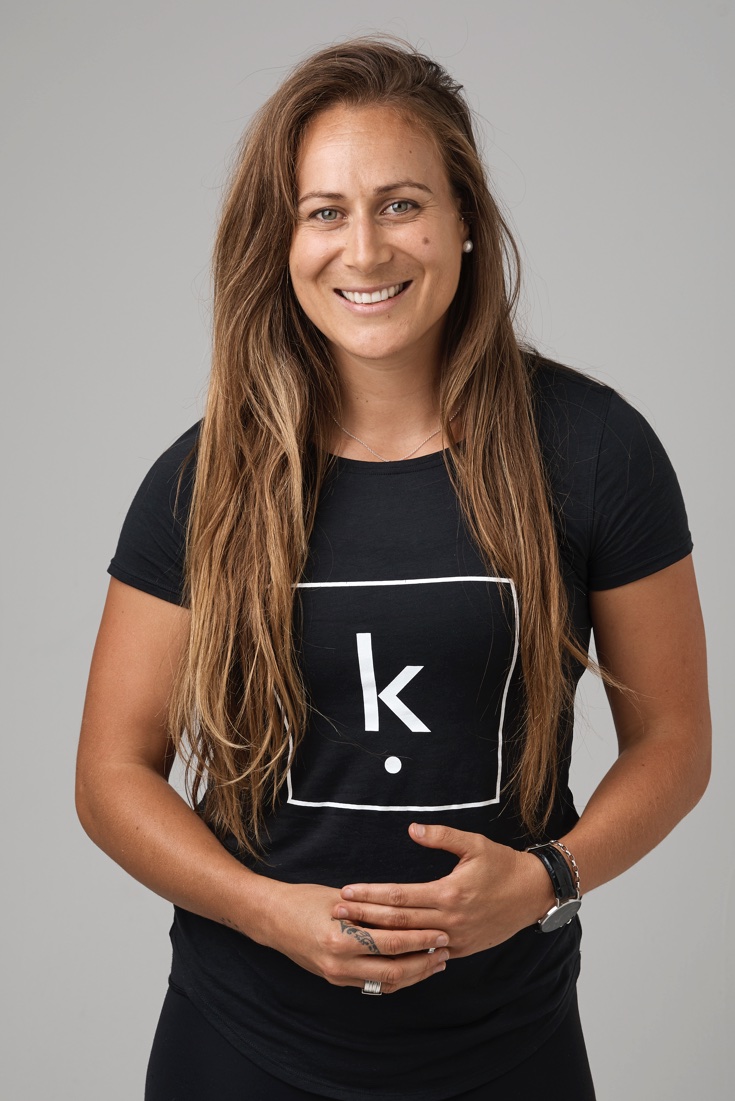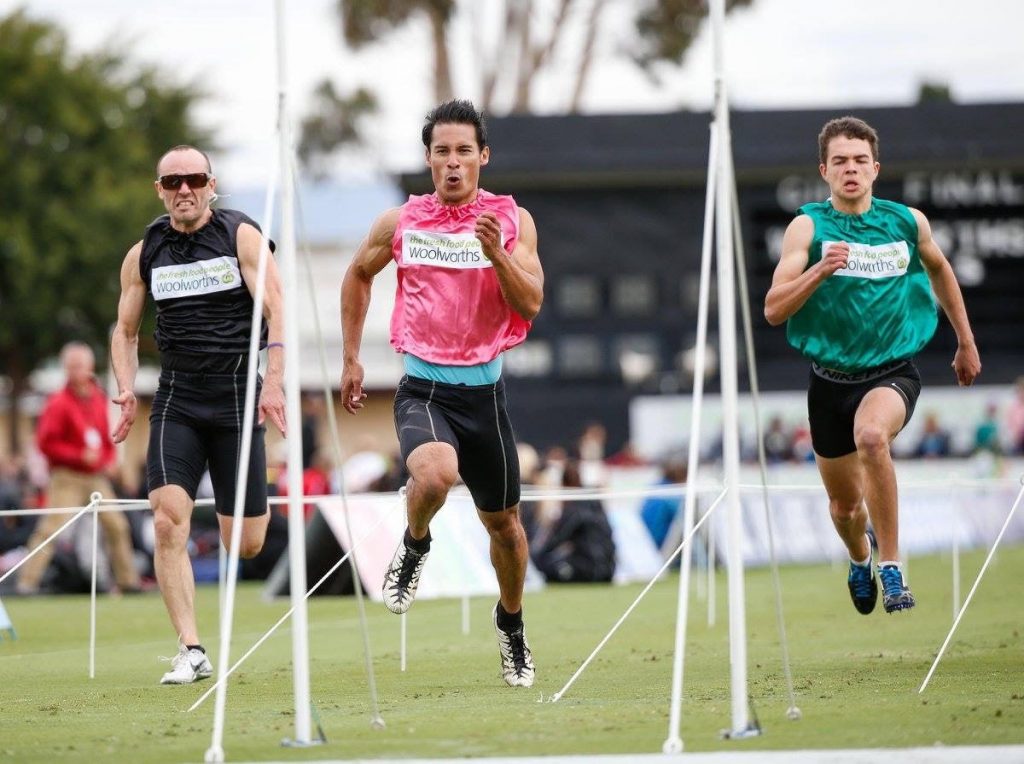Common imbalances in track sprinters.
December 1st Training for hours at a time on an athletic track running in the same direction is sure to put asymmetrical forces through the left and right side of the body, right?
Training for hours at a time on an athletic track running in the same direction is sure to put asymmetrical forces through the left and right side of the body, right?
It could be argued that this uneven load can be evened out by running the same amount in the other direction. However, this would be difficult to measure what is ‘even’ and more importantly, running in the opposite direction is not specific to race day conditions for an athletic sprinter.
The approach that should be taken is to address these imbalances in track runners to prevent injury and to enhance overall performance.
So what are some of the major imbalances and what can be done about these?
Due to running around the track in an anticlockwise direction, the lateral aspect of the left foot, and the medial aspect of the right foot strike the ground more harshly. The most common secondary imbalances caused from this are shortening of the left quadratus lumborum, psoas and adductors. This shortening through the left side often results in more rotation being required through the upper trunk to propel the body forwards.
Poor biomechanics cause inefficient movement and energy leaks. In a sport like sprinting where every fraction of a second counts, these need to be resolved in order to reach peak performance. By firstly identifying where these energy leaks are, we can then address them with the appropriate hands-on and mobility exercise techniques to improve joint alignment and mobility. We then focus our attention to enhancing performance through strength and conditioning.
Case study:
Ed – a 30 y/o male 100m, 200m and 400m sprinter who has been training and competing for 10 years. Ed trains 4x week on the track and 2x in gym for strength and power. Imbalances have built up overtime and more recently Ed noticed them affecting his performance. His goal was to address these imbalances and take his performance to the next level.
In Ed’s initial session at Kinematics, he presented with the following presentations:
- Left groin tightness/pain affecting running when striking ground.
- Right hip flexor tightness/pain – catching ‘overworked’.
- General tightness through his back especially left lower side and the thoracic spine.
- Timing of firing through the gluts felt off and lacked pelvic and right shoulder control.
With the amount of time (years) spent running on a slight angle repetitively at high intensity, it’s no surprise that Ed was experiencing these common sprinting imbalances.
Where we started..
The plan was to firstly improve Ed’s pain and movement patterns, then focus on enhancing his performance.
Left Pelvis/Hip
Releasing muscle and connective tissues to open up the left side of the pelvis and the right rectus femoris, instantly improved Ed’s running movement patterns and offloaded his right hip flexor discomfort.
Thoracic Spine
Soft tissue and joint mobilisation work to improve Ed’s running posture and rotation mobility. Release work around the right shoulder to improve the right upper trunk working together with the left side of the pelvis to improve pelvic stability and right hip flexor pain.
Daily mobility exercises were given as homework to ensure lasting benefits from hands-on treatment and to improve imbalances long term.
Once we got Ed pain-free, we addressed his muscle firing issues and the lack of control through his right shoulder and left ankle. This was done by assessing his current strength and conditioning program and adding/modifying what we needed to.
Examples of Ed’s strength exercises…
Goal: Improve muscle recruitment (for efficient sprinting mechanics)
- Walking with heavy plate overhead
- Overhead plate holds with high knees (core locked in)
- Lunges with resisted cable pulls upper body mimicking the action of running
- Single leg step ups with weight in hand on same leg
- Cable rotations/core
- Variety of plank exercises
- Ankle stability
- Shoulder and scapular exercises
Once the ‘firing’ patterns improved, we advanced to more explosive exercises including power and different types of resistance.
Goal: Increase power
- High knees with water bag over head
- Lunges with core rotations water bag / sand bag
- Running with kettlebell halo rotations around head
From this management, Ed is now feeling completely pain free and getting some of his best results in training. He’s competed twice recently and in his 200m+ events he felt the strongest and most powerful he’s ever been.
Next steps…
The 100m is still needing some work. After analysing Ed’s movement off the blocks through video recordings, we are making a plan to improve his start over the first 20 metres. Areas of focus will be to; modify his arm swing (both movement and power); improve his left ankle stability; and his overall reaction speed time off the blocks. In order to achieve this next level of performance, we will begin incorporating more advanced stability, power and reaction time-based exercises.
If you don’t balance your track running with the right hands-on treatment, mobility exercises and strength training, over time you’ll develop muscle imbalances that can compromise your performance and increase injury risk. If you’re looking to improve your running biomechanics and reach peak performance, we’d love the opportunity to work with you at Kinematics!
By Jay Main
Kinematics Physiotherapist | Strength + Conditioning
If you would like to book a Physiotherapy or Strength + Conditioning appointment you can do so online here

